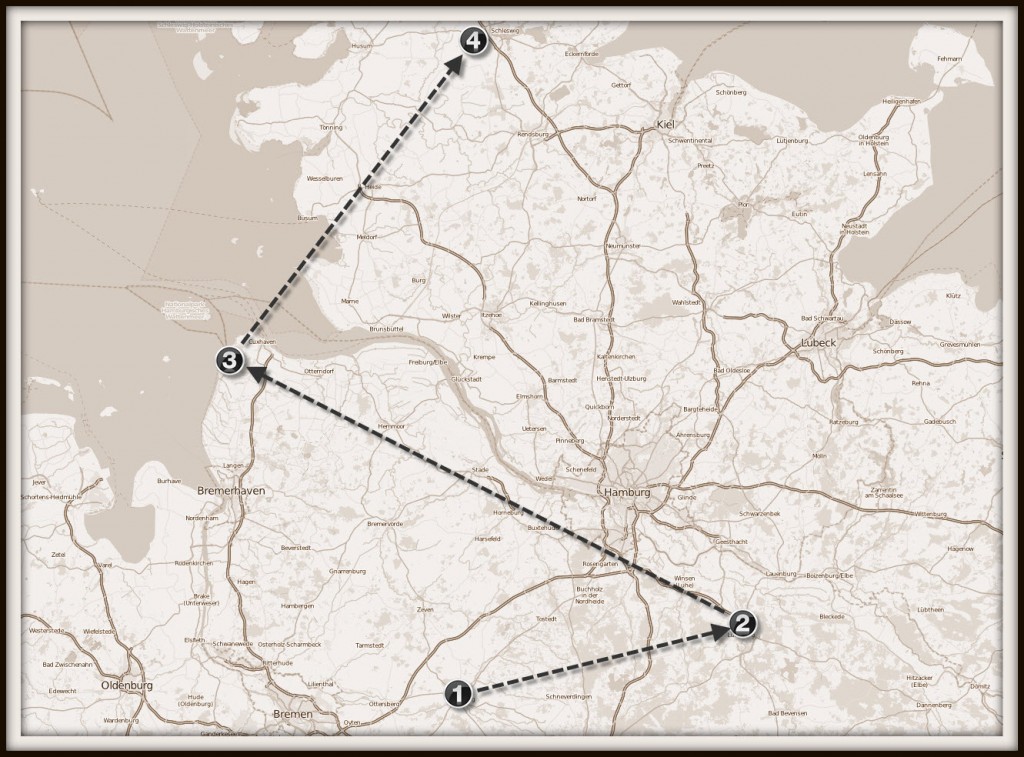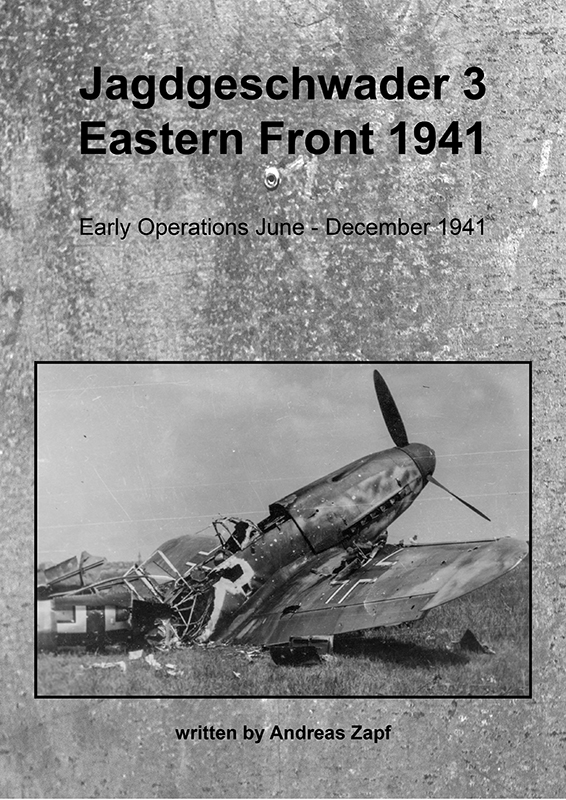On November 18th, 1939, the Luftnachrichten-Abteilung 100 was renamed to Kampfgruppe 100 (K. Gr. 100) and was relocated from the Luftwaffe signal corps to the bomber units[1. Balke, Ulf (1981): p. 25].
Only a couple of days later, the Kampfgruppe 100 relocated from the Köthen airfield to the airfield of Rotenburg/Wümme[2. Zapf, Jürgen (2011): p. 416].
In January and February 1940, K. Gr. 100 was flying anti-ship missions over the North Sea and up to the Orkney Islands.
On February 13th, 1940 the wing suffered a significant loss: the wing commander’s aircraft was shot down over the River Thames, killing Oberst Stollbrock[3. Balke, Ulf (1981): p. 26] and his crew of four[4. Balke, Ulf (1981): p. 364].
Only two days later, K. Gr. 100 left Rotenburg and relocated to the airfield of Lüneburg[5. Zapf, Jürgen (2011): p. 288],[6. Balke, Ulf (1981): p. 26]. From Lüneburg, the group flew several anti ship missions over the North Sea, until it was relocated to the airfield at Nordholz in early April[7. Balke, Ulf (1981): p. 28] for preparations of Unternehmen “Weserübung” – the assault on Denmark and Norway. 
Bibliography
- Balke, Ulf (1981): Kampfgeschwader 100 “Wiking” – Eine Geschichte aus Kriegstagebüchern, Dokumenten und Berichten 1934 – 1945 – Motorbuchverlag – ISBN 3-87943-772-6
- Zapf, Jürgen (2011): Flugplätze der Luftwaffe 1934 – 1945 – und was davon übrig blieb – Band 7: Niedersachsen & Bremen – VDM Heinz Nickel – ISBN 978-3-86619-064-1

